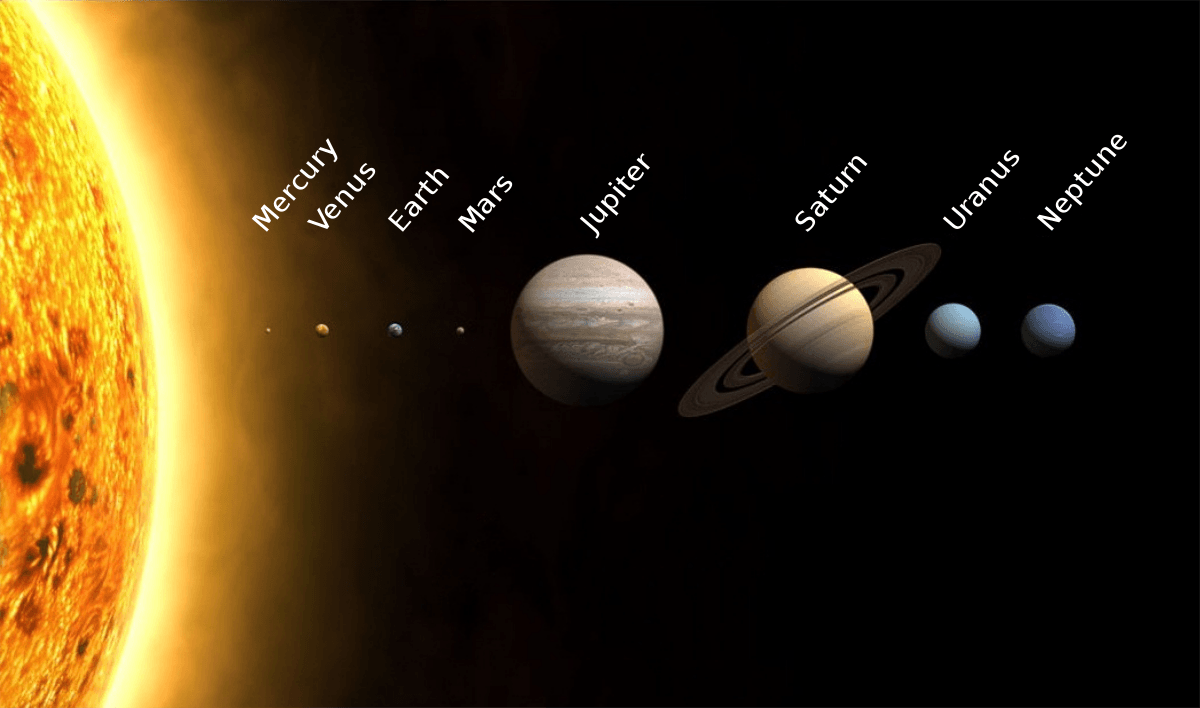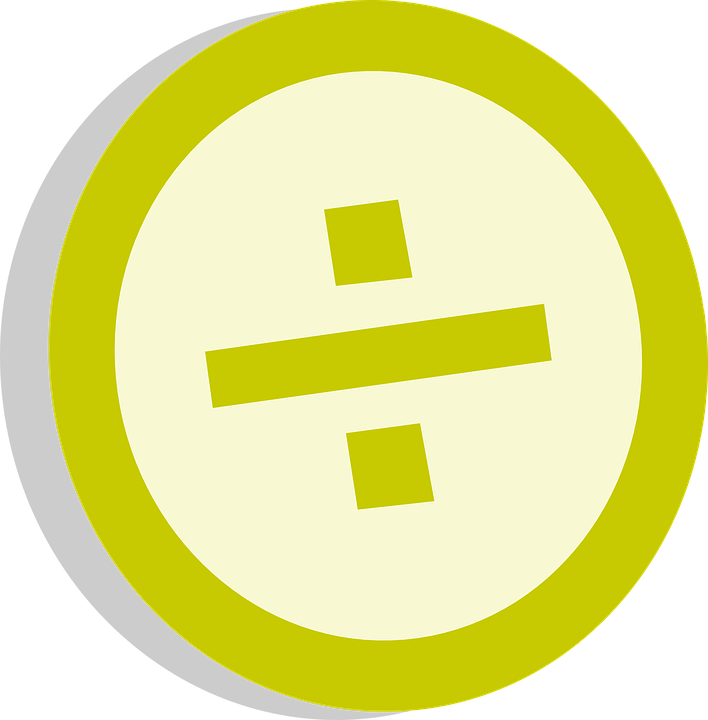Squared Symbol ( ² ): What Does It Mean?

In math, the squared symbol (2) is an arithmetic operator that signifies multiplying a number by itself. The “square” of a number is the product…
Read more

In math, the squared symbol (2) is an arithmetic operator that signifies multiplying a number by itself. The “square” of a number is the product…
Read more

The spring constant is a mathematical parameter present in Hooke’s law, the mathematical law that describes the stored potential energy of a coiled or stretched spring. Hooke’s…
Read more

IQ stands for “intelligence quotient” and is a composite score compiled from various tests meant to test intellectual ability. Under the common understanding, a person’s…
Read more

Carbon dioxide is a covalent compound composed out of two oxygen atoms double bonded to a carbon atom. At room temperatures, carbon dioxide is a…
Read more

A solar system is a collection of planets, comets, and other orbiting celestial bodies gravitationally bound to a central star. Our sun is the center…
Read more

Division in mathematics is one of the 4 major arithmetic operations, along with addition, subtraction, and multiplication (sometimes exponentiation). At the simplest level, dividing two…
Read more

How many steps are there in one mile? In practice, the answer to this question is much more complex than it sounds, as it involves…
Read more

Bedbug infestations can be extremely annoying and stressful to deal with. These pesky creatures can easily infest a house, multiplying quickly and occupying every nook…
Read more

The periodic table is a tabular arrangement of the chemical elements, arranged by atomic number. The columns and rows the periodic table is arranged into…
Read more

DC stands for Direct current (DC), a kind of electrical current characterized by the uni-directional flow of electrical current. In direct current, the flow of…
Read more

In our technology inundated world, we are exposed to a lot of tech-jargon that many people do not necessarily understand. One word you may hear frequently…
Read more